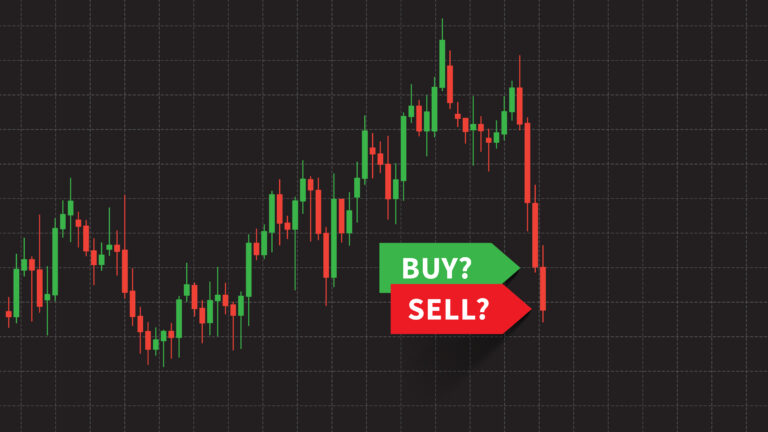On Wednesday, the stock market suffered its worst drop since April after credit rating agency Fitch downgraded its rating on U.S. debt. This was the first such downgrade in over a decade. And in response, investors panicked, and stocks crashed.
Ostensibly, that seems like a big deal. A credit rating downgrade for the U.S. government? Yikes.
But in reality, the Fitch downgrade may actually be much ado about nothing.
And this week’s selloff may be little more than a great buying opportunity.
After all, this isn’t the first time we’ve seen the U.S. government’s credit get downgraded.
Back in August 2011, S&P Global downgraded its rating on U.S. debt following a massive increase in U.S. debt obligations. The government had printed a bunch of money to save the economy from collapse during the 2008 financial crisis. And in the spring of 2011, there was some ongoing political theater on Capitol Hill with respect to raising the debt ceiling. As a result, S&P downgraded its credit rating for the U.S. government.
Sound familiar?
We’re living through a nearly identical repeat of that situation right now.
The Stock Market Reaction to a Debt Rating Downgrade
To save the U.S. economy from collapse during COVID-19 lockdowns, the government printed a bunch of money. That substantially increased U.S. debt obligations. And over the past few months, we’ve seen a great deal of political drama on Capitol Hill with respect to raising the debt ceiling. In response to those factors, Fitch downgraded its credit rating for the U.S. government.
History is repeating itself.
So, what happened after S&P Global downgraded U.S. debt in August 2011? Well, initially, the exact same thing we saw this week – treasury yields spiked, and stocks crashed. The stock market reacted like it was the end of the world.
But it wasn’t. The economy kept turning. Earnings kept going up. The U.S. government remained on rock-solid footing.
Soon enough, everyone forgot about the downgrade.
A month later, stocks were higher, and yields were lower. Over the following year, stocks rallied as much as 30%, and yields dropped more than 100 basis points.
Therefore, the historical precedent for our current situation shows that this week’s big stock market selloff has created a great buying opportunity.
Over the next few weeks and months, investors will forget all about this debt rating downgrade. Ultimately, more important factors – like renewed economic momentum, falling inflation, and a dovish shift in Fed policy – will continue to push the stock market higher.
Will stocks rally 30% over the next year?
We think so. All of the technical and fundamental data we’re looking at suggests the market is in the early innings of a new bull market.
And the first year of new bull markets often has the biggest returns.
The Final Word
But as we’ve said many times before, stocks don’t go up in straight lines, not even in raging bull markets.
They take two steps forward, then one step back. Lather, rinse, repeat.
The key to maximizing profits in bull markets, then, is to always buy the dips when stocks take a step back.
And they took a major step back yesterday.
And that’s why I want to tell you about one of my favorite investments for this new bull market.
One great prospective investment is the very company that started this whole stock market boom – OpenAI, the creator of ChatGPT.
Since ChatGPT’s launch in November 2022, the company’s valuation has doubled!
But that’s just the start.
I truly believe OpenAI could be one of the world’s largest companies in the near future – if not the largest.
OpenAI represents the potential investment opportunity of a lifetime.
Too bad it is a startup that you can’t buy on a public exchange like a big stock…
Though I did manage to unearth an investment ‘loophole’ that allows you to take a stake in OpenAI now – before its highly anticipated IPO.
This is your chance to invest in the next big thing. Like investing in Apple (AAPL) in the 1980s or Amazon (AMZN) in the 1990s, this is an opportunity you can’t afford to miss.
On the date of publication, Luke Lango did not have (either directly or indirectly) any positions in the securities mentioned in this article.


